
Sales productivity can be a pretty nebulous term. It’s an expression that’s taken on various different roles, definitions and interpretations over the years as new tools, methodologies, and techniques come to redefine modern selling with increasing regularity.
At its core though, sales productivity is all about increasing your number of sales for the amount of time you spend actively selling. And that exciting measure of sales productivity—learning how to get more sales without hiring more reps for your team or working more hours each week—is exactly what we’re diving into here today.
Want all of our best sales productivity tools, content, advice and templates? Get access to The Sales Library now.
But first, when talking about sales productivity, we can’t very well begin this conversation without fully defining what exactly sales productivity is...
What is sales productivity? (How to calculate sales productivity for your organization and individual reps)
At the organizational sales team level, sales productivity is defined as your organization’s amount of revenue generated for a specific period of time (output), per total number of sales rep on your team (input). This answers the question of how productive your average sales rep is, in terms of their direct revenue impact on your business.
Therefore, organizational sales productivity is a measure of how much revenue you can expect to generate from each individual rep, on average over time.
You can calculate your organizational sales productivity with this equation:
Total Team Revenue ($) for a Period ÷ Number of Reps on Your Team in that Period
For example, if your sales team generated $100,000 in revenue during the last quarter, and you had 3 reps on your team during that period of time, your team’s sales productivity calculation would work out to $33,333.33/rep.
That’s organizational sales productivity.
Now here’s individual sales rep productivity.
While it’s obviously crucial to understand how well your sales organization is performing as a whole, it’s arguably even more important to have a clear measure of how well each of your individual sales reps are performing in terms of revenue generated for each hour of work.
Some reps will generate more or less revenue than others (be more or less productive), which means you can learn from and train for improving productivity across your team.
Whether your goal is to simply keep a watchful eye on performance, to catch the warning signs early and make sure quotas aren’t missed, or to identify how and why some of your reps perform particularly well compared to others, tracking sales productivity is a must.
At the individual level, sales productivity is defined as a rep’s amount of revenue generated (output) per each hour of work (input). Rather than our previous calculation that spits out an average sales productivity figure spread across your entire team, this measure is designed to drill all the way down to exactly how much revenue each rep generates per hour of work—and that’s extremely useful.
You can calculate an individual rep’s sales productivity with this equation:
Individual Rep Revenue ($) for a Period ÷ Number of Hours Worked in that Period
For example, let’s say your rep Alison brought in $50,000 in revenue during Q2. She’s a salaried employee that works an average of 40 hours per week, and there were 13 weeks in Q2 this year, which translates into a total of 520 hours worked. If you divide her revenue by the total number of hours, that gives her a revenue figure of $96.15/hr.
It’s natural to see daily, weekly and monthly fluctuations in your individual rep sales productivity figures, but across greater spans of time, you’ll be able to safely rely on these calculations—and most importantly, begin taking action.
That’s enough math for now. It’s time for action.
Let’s talk about how to increase your sales productivity from an individual rep perspective, where those positive gains will then trickle up into making a direct impact on your team’s bottom line (this is the one of the most important objectives Close.io is designed to help you accomplish).
10 sales productivity tactics you can use to close more deals
Like it or not, the world of B2B sales is becoming increasingly focused on exceeding sales quotas. As a result, salespeople are under more pressure than ever to hit higher revenue goals.
At the same time though, most sales orgs aren’t very excited about the prospect of revamping their sales process, hiring a ton of new reps, experimenting with new sales strategies, changing established behavior or adopting new tools like predictive dialers.
It’s right here that sales productivity truly comes into play.
Sales productivity is all about increasing your individual rep output (revenue) while holding the key input (hours spent working) constant—or even reducing that time spent.
Digging deeper into exactly how to achieve sales productivity gains on your team, here are 10 of our best sales productivity tactics, strategies, tools and processes you can implement and start closing more deals today.
1. Evaluate your tech stack (leverage the right sales productivity tools).
When it comes to boosting sales productivity on your team, the biggest gains stand to come from re-evaluating the tools your sales team uses on a daily basis—and gauge whether or not there’s a need to add, substitute or remove from your arsenal.
The most obvious place to start this evaluation is with the highest impact tools in your sales tech stack, of which your CRM is probably the most important. To figure out exactly where you can affect the greatest positive change with your team’s sales productivity, begin at the highest level and ask yourself questions like:
- Are we using a CRM? If not, why? If so, is it the right one for our business?
- How effective is our CRM at enabling our team to deliver more emails and make as many high-quality calls as possible throughout the day?
- How many clicks does it take to update a lead record, set a follow up reminder and move on to the next prospect?
- Does our CRM have built-in calling or are our reps routinely switching between apps all day in order to hit their activity goals?
- How many different tools do your team members use on a daily basis?
Chances are, there’s probably room for reducing the mundane tasks here—because those actions like clicking, switching apps, manually logging details—can add up to precious hours of your team’s time spent not selling to prospects or bringing in more revenue.
Using a CRM like we’ve built (designed by and for salespeople) here at Close.io with the goal of increasing individual rep output, arms your team with several of these similar leaps in sales productivity.
Here are just a few of our core CRM features that are built to maximize sales productivity:
-
Smart Views and and Dynamic Lead Lists: Having the ability to group and dynamically sort your prospects based on key filtering criteria such as geographic location, lead status, source, recent interactions and a nearly infinite number of other data points, means your team can get extremely specific in the leads they’re targeting or prioritizing on a daily basis. Plus with Close.io, the default time-wide transparency guarantees everyone can keep a pulse on your hottest leads.
-
Bulk Email, Automated Sequences and Shared Templates: Long gone are the days of having to individually email every single lead on your list. By leveraging intelligent bulk email sending to custom lead lists based on dynamic filtering, you can personalize your email (at scale), sort just the leads who will be most receptive to your offer, and exclude everyone else to create high-impact campaigns sending to thousands of targeted prospects with one click. Plus, with our recent launch of Email Sequences, you can create an drip sequence of customizable emails that are automatically sent to prospects and leads over the course of days or weeks.
-
Follow-Ups: By using our one-click follow up reminders, tasks, and email snoozing features, you’ll never forget to check in on the prospects in your pipeline, even after they’ve left your automated sales sequences. We’ll remind your team when to follow up, so you can focus on the more important tasks.
-
Built-In Calling: Our CRM is the only one on the market with built-in calling that keeps your reps inside just one application to do all of their core tasks, saving even more time. And with the addition of our predictive dialing call automation software, you’ll drastically cut down on the amount of time spent listening to dial tones. Your sales team can now dial multiple numbers at once, and the technology behind the predictive dialer detects when a real human answers the phone, then immediately routes an available sales rep to that call.
Beyond just the CRM and other sales communications-related tools in your sales tech stack, look for optimizations with lead generation tools, scheduling, contract and proposal management, process documentation, forecasting and otherwise.
All in all, sales productivity is a field that’s experiencing explosive growth, and so much of that growth can be unlocked with the CRM you choose to use (and grow with for years to come).
So if you’re not regularly evaluating your sales tech stack for opportunities to make your team more productive and increase their output, then you’re leaving deals on the table.
2. Invest in onboarding and regularly training your reps.
Once your sales team grows beyond just one or two reps you can personally coach through the challenges that arise with their accounts, implementing a proper sales training workflow into your new hiring process (and ongoing rep development) becomes essential.
As a sales manager, director, or founder, it’s your job to give your sales team the tools they need to be successful—and to personally teach them how to maximize their sales productivity by spending time only on the highest-impact activities throughout their day.
Without an effective training process or techniques in place, you’re playing a dangerous game of telephone with your core strategies. What you taught to your first hires might get passed on correctly, or it might not. Before you know it, your sales process and the finer nuances that’ve made it so successful, have been completely thrown out the window and your reps have devolved into an anything goes mentality.
Whether your sales training comes in the form of in-person workshops, online courses, conferences, from outside consultants, internal databases, mentorship, or ideally a combination of all these formats—it’s crucial to train your reps on these qualities.
- How to become an effective listener and proactive problem-solver
- Internalizing key scripts and answers that meet all of your sales objections
- The basics of cold emailing and cold calling (to be built upon in-action)
- Gauging both purchase intent and the red flags of a potential bad-fit customer
- Articulating value to prospects and knowing how to consistently follow up
- Understanding how and when to ask for the close
Remember though, the learning never really stops in sales. There are always new techniques, better scripts, new objections to overcome, new features coming out, other competitors entering the market and you’ll have to continue learning how to thrive.
The best salespeople have a drive to learn, achieve, and avoid wasting time on mundane tasks that don’t ladder up to closing more deals. The right sales training will help your team become more productive.
Want all of our best sales onboarding and training tips, tools and templates? Get access to The Sales Library now.
ACCESS THE COMPLETE SALES LIBRARY NOW
3. Automate, batch and outsource routine tasks (including examples).
Want to see something scary?
Here’s a breakdown of how the average salesperson spends the majority of their working hours during a given week:

Source: How Reps Spend Their Time - Pace Productivity
The average salesperson spends just 22% of their time actually selling. Something about that just doesn’t seem right (and we built Close.io for the exact reason that these kinds of statistics didn’t sit well with us).
Let that sink in for a moment…
Why would a person whose job is to sell—to bring more revenue in the front door—be spending only ⅕ of their time doing the task they’re hired for in 2018?
Because most companies don’t know how to approach sales.
The last decade has seen an explosion of tools, products, services and support industries pop up in order to help solve this challenge of empowering salespeople to spend more of their time selling. So, what gives? Why aren’t salespeople at maximum productivity yet?
Well, the harsh truth is that most sales teams don’t know:
- How to effectively automate non-essential tasks
- When to outsource duties that can be done by lower-paid assistants or contractors
- How to teach their reps to batch less time-sensitive activities into blocks of dead time at the end of their days
Accomplishing either of these important feats begins with flearning how to identify which activities can be automated, outsourced or batched in the first place.
Automating non-essential sales rep tasks.
When it comes to determining which tasks your reps should automate in the name of sales productivity, begin by categorizing the activity from one of the classifications in the image above—does it fall under planning, administration, or order processing? Those are low-hanging fruit to search for automation solutions.
Much of your automation ability will be determined by the CRM you choose to use—and it pays dividends to invest in one (like Close.io) that already has intelligent automations like call logging, call automation, and automated email follow up sequences built directly into the product.
Still, an increasing number of sales tools now integrate with apps like Zapier that’ll allow you to connect the various products in your tech stack, in order to let them seamlessly pass data between each other and automate different types of workflows.
For example, if you’re following up with prospects from an event you attended, asking them to hop on the phone to chat about their needs by booking a call with you—this process could be automated by using a scheduling tool like Calendly that has full visibility into your calendar. You could then use a Zap to automatically create a Zoom video conference meeting for the conversation, and another Zap could pass that data back to your CRM to update the contact record and reflect their change in status.
Outsourcing low-leverage activities.
If the amount of time your sales reps spend doing non-selling related activities is reaching an unsustainable level even with the right automations in place, hiring either an in-house administration assistant or virtual assistant to help with the more routine tasks like booking demo meetings, preparing pitch decks, and generating invoices will be a worthy investment.
If your sales team is remote or distributed across multiple locations, start by hiring a contract-based virtual assistant in a compatible time zone and see if that structure can meet your needs. However, if your team is based out of a single location, you’ll likely experience a massive leap in productivity gains by having your sales assistant sitting in the same office as your team members (and proactively pitching in when there’s a need).
Batching less time-sensitive duties.
Batch processing is the grouping of similar tasks—that require (often repetitive) similar resources—in order to streamline their completion.
For example, if you’re responsible for generating a weekly sales report for your manager to review, it’d be the most efficient use of your time to batch all of your sales tallying into just one block of time at the end of the week, rather than manually update your report after every single new deal closes throughout your week.
Batching can even be applied to countless mission critical sales-related tasks too. Consider grouping together the sending of your day’s manual follow up emails into one chunk of time at the beginning or your morning, or grouping the day’s sales calls into just one or two major blocks of time so that you allow for getting into a state of flow and you’ll often experience a leap in sales productivity as a result.
4. Improve your lead scoring.
Lead scoring is a methodology used to rank prospects with the goal of advancing higher-value (and more likely to close) leads faster through your sales process—and to avoid your reps wasting time speaking with those that aren’t ready to become buyers.
While every company has a different model for assigning points to score their leads, one of the most effective ways to create a lead scoring system is by using data from past leads to assign value.
- Which traits, qualities, characteristics, demographics, geographic locations of your existing customers contributed most to them purchasing from you?
- Which of these characterizations do your customers share in common?
- What do your leads that rarely convert share in common with each other?
Once you've evaluated the historical data from both of these cohorts, you can decide which attributes should be weighted heavily (and assigned value) based on how likely those characteristics are to suggest they’d be a good fit for becoming a customer.
For example here at Close.io, we automatically place a higher lead score on new trials that sign up from one of our top five countries where we’ve historically acquired the highest number of ideal customers. Other factors like team size, annual revenue and referral source also play into how a lead is scored—and thus how quickly our sales team reaches out.
Seems pretty simple, so how do you improve your lead scoring from here?
Well, you can make your lead scoring model more accurate by incorporating both explicit information (data points like company size, industry segment, job title or geographic location) and also implicit information.
Implicit scores are generated from tracking and monitoring your prospect’s behavior beyond just what they’ve told you about themselves. Examples include activities like:
- Viewing the pricing page on your website
- Downloading a particular eBook from your blog
- Opening or clicking on your sales emails (and the number of opens or clicks)
What’s more, you can now use website personalization tools like RightMessage to customize your prospect’s experience on your website based on their lead score and other relevant data you collect—thereby surfacing the most applicable offers, tweaking headlines and testimonials to resonate more with their specific industry, and more.
Ultimately, your ability to improve your lead scoring efforts will greatly improve the quality of leads your sales team gets to work with. Now that’s a direct impact on sales productivity.
5. Forge a close alignment between sales and marketing.
At the heart of sales and marketing alignment is getting your lead generation efforts right.
If marketing isn’t actively driving in the right leads for your sales team to work with, conversion rates can hover abysmally low.
On the flip side, if sales can’t accurately articulate what exactly they need more of in terms of leads, then your marketing team won’t be able to devise a campaign that’ll generate those results.
Setting the stage for cross-team alignment.
Visibility is everything. Properly enabling your marketing team to support sales (and vice versa) requires getting both teams together and creating the space for regular involvement with each other.
That means marketing should attend a weekly sales meeting, and have more hands-on monthly meetings with sales managers to talk about lead quality and examine your conversion rate by channel. From there, marketing can devise experiments to try and create shifts in lead source (and quality).
During cross-team meetings, marketing can share upcoming campaigns, content coming through the blog pipeline, offers that’ll be promoted during the week ahead, and gather feedback from sales at each stage.
This is also the best time to collect content ideas and recommendations from the sales team—often in the format of in-depth answers to the most common questions sales reps get from prospects—to inform on future offers, campaigns and blog post topics.
You can take the content brainstorming to the next level by creating a shared Google Doc for your sales team to quickly pop in and add ideas or case study resources anytime they hop off a call with a new insight for marketing to run with.
When your sales team can collaborate with marketing to ensure a consistent flow of higher quality leads, they’ll be spending their time working on prospects that have a much stronger likelihood of converting. Sales productivity will go through the roof.
6. Create an easily accessible resource library for your sales team to pull from.
Remember all those blog posts, eBooks, videos, templates, checklists and other marketing-driven resources your counterparts on the marketing team are producing on a daily basis?
Well, those are assets that can come in handy when managing common sales objections.

Sales productivity is all about eliminating time spent on low-return activities like firing off an email to marketing asking if there are any shareable resources you can send to a prospect to help alleviate one of their concerns about upgrading, and then waiting an hour for someone to reply with a link.
Each of the core marketing assets your company has should be categorized and easily discoverable in a single internal location—like a shared company-wide Google Spreadsheet with resource names and their corresponding links—for your sales team (and others) to have quick access to.
7. Develop an internal mentorship program.
Mentorship picks up right where management leaves off.
Sales managers have their plates full doing everything from setting sales goals, to managing quotas, refining your sales plan, monitoring progress throughout the quarter, forecasting, helping to close key accounts and hiring new reps to grow your team.
And while they’re certainly responsible for a level of regular sales training to make sure everyone continues performing well and stays fresh, sometimes that’s not quite enough.
Enter: Sales mentorship.
When it comes to sales, studies show that mentorship programs lead to not only increased skills and selling abilities, but also increased salaries, faster time to promotions, and higher internal retention rates. Is that enough to convince you?
How about this—we’ve all met that one rockstar rep that consistently beats quota month over month, right?
Well, think about what you stand to gain by pairing your A-players with reps on your team that are lagging a little behind the rest of the pack.
By regularly shadowing your highest-earning reps, doing sales calls together, and getting routine feedback from those that have already mastered the art of selling your product, everyone stands to improve.
More junior reps get first-hand experience working with and getting coaching from those who’ve already been through it all, and your senior reps get to grow in their career and take a big step toward soon becoming a sales manager.
Here’s how to set up a win-win sales mentorship program on your team:
-
Have a kickoff meeting between manager, mentor and mentee: Start by setting the ground rules, expectations, and goals of working together with the objective of also landing on the ideal frequency of meeting with one another.
-
Define roles and responsibilities: Pairing reps arbitrarily doesn’t often produce the best results—there needs to be something both the mentee and mentor stand to gain from this new relationship. For example, matching a junior rep that’s having trouble closing leads over the phone with a more senior rep that wants to become a sales manager, is a win-win.
-
Collaborate on guide to success: How will this relationship be defined in terms of success for both parties? Begin with a clear metric your mentee needs to hit in order to signify a meaningful level of advancement within their six month program, and walk backwards to develop a game plan of how you’re going to get there together.
-
Plan for what comes next: At some point, your more junior reps need to graduate from their mentorship program and stop leaning so heavily on your senior reps. Depending upon your sales cycle and the amount of coaching they need, this can vary a bit, so track key metrics carefully and use your quarterly review with a manager to gauge progress.
The goal of a sales mentorship program is to help both parties involved—the mentor gets to further develop, grow and progress in their career, while the mentee gets a field training experience in how to increase their sales productivity from someone already excelling at it.
Want all of our best sales productivity tools, content, advice and templates? Get access to The Sales Library now.
ACCESS THE COMPLETE SALES LIBRARY NOW
But first, when talking about sales productivity, we can’t very well
8. Incentivize your reps to maintain momentum (and avoid distraction).
It’s easy to lose momentum throughout your day when you’re constantly getting up to grab a celebratory cup of coffee after closing a deal, or taking a walk outside to shrug off a particularly harsh rejection.
Even worse, your reps will suffer from cognitive switching costs if they have to jump between five different tools and applications just to call or email a lead, then update that record before moving onto the next one.
It’s not only mentally exhausting, but breaks your rhythm and slows progress.
Momentum both on the micro level during an individual workday, and on the macro level throughout the quarter or year, can contribute a great deal to how well your reps perform and stay productive—so it’s important to celebrate wins and let go of losses the right way.
Research has shown that the more you focus on continually performing a single task at work, rather than multitasking throughout the day, the more you’ll get accomplished.
You need to make it your mission to avoid this:

Now, this same principle applies to hitting your activity goals in sales. Holding all things equal, the more calls you make and follow up emails you send in a given day, the higher the likelihood of closing more sales.
Therefore, a rep that makes 100 calls can expect to close measurably more deals than a rep that only makes 50 calls of the same quality. So how do you encourage more reps to up their activity goals and stay focused?
Financial incentives always help.
But rather than only offering bonus compensation when your reps close a new deal, experiment with creatively rewarding reps for hitting call, email or other milestones using a platform like Bonusly that makes employee recommendation more fun.
Some creative rewards include ideas like faster accrual of vacation days, company-paid travel, books, courses, conference passes, comped meals, museum memberships, concert tickets, personal training vouchers and more.
Avoiding distractions.
The average employee that works a desk job loses a whopping 2.1 hours each day to distractions and interruptions. Compounded over the span of a full week, that’s more than a full day of wasted work.
Distractions and task-switching are the death spirals of sales productivity.
Rather than interrupting the entire office by ringing a bell when you close a big new deal, set up a Slack integration within your CRM to silently celebrate and get kudos from the rest of your team on their own schedules without throwing a wrench into the phone conversation they’re currently having with a lead.

The more often you’re jumping between making calls, manually updating lead records in your CRM, and firing off connection request on LinkedIn, the quicker your cognitive energy is depleted (we built Close.io for that exact reason).
Using intelligent sales productivity tools that discourage distraction and taking frequent breaks without good reason will curb much of this behavior. Adding the right incentives into the mix will create a powerful combination with a direct impact on sales productivity.
9. Reduce meeting time.
Alright, everybody raise your hand if you love meetings!

This one’s pretty simple, really… the less time your reps spend in non-mission critical meetings, the more focused hours they’ll have to work on closing leads. This is the definition of simple sales productivity gains.
This applies to both one-on-one meetings between managers and reps, as well as small group and team-wide sales meetings.
To be more efficient with the one-on-one meetings you do have, come to the table with a very specific agenda, keep your time focused and avoid tangential discussions whenever possible. If you can get through everything on the agenda early and there’s nothing left to tackle, end the meeting early and let your rep get back to selling.
In group meetings, it’s even more important to prepare an agenda and make sure that the topic of conversation is relevant to everyone in the room.
For example, running a pipeline review can be extremely helpful for the rep who’s leads are being worked through and evaluated. However, it’s largely a waste of time for the rest of your sales team to sit in on—gathering little to no value as passive observers without a stake in the conversation.
Stick to the rule of minimum possible attendance when sending out invitations for every meeting, and think twice about whether or not a meeting can be avoided with just an email.
Your sales team will thank you for it.
10. Measure and repeat.
You can’t expect to (regularly) improve at that which you don’t actively measure.
If you take nothing else away from this guide, it’s our mission as a sales productivity-first CRM tool, to drive home the importance of always measuring your key metrics, tracking sales productivity over time, and using that to get better at forecasting future growth.
And accurate measurement starts with using the right tools…
We built Close.io for the sole purpose of measuring (and improving) both individual and organizational sales productivity—to empower sales teams around the world to close more deals without needing to hire additional reps or work over-time every day.

Our reporting tools eliminate the distractions that lie in ultra-complex reporting, and scales it back to just the insights that’ll help you take action to grow your revenue.
From viewing your entire team’s pipeline overview, to zooming in and identifying gaps where prospects tend to fall out of your sales funnel, to measuring individual performance and more, the right CRM will be designed to help your team increase sales productivity at every turn.
Try a free 14-day trial of Close.io (no credit card required) today and see the difference for yourself, first-hand.
TRY NOW







 1/5
1/5
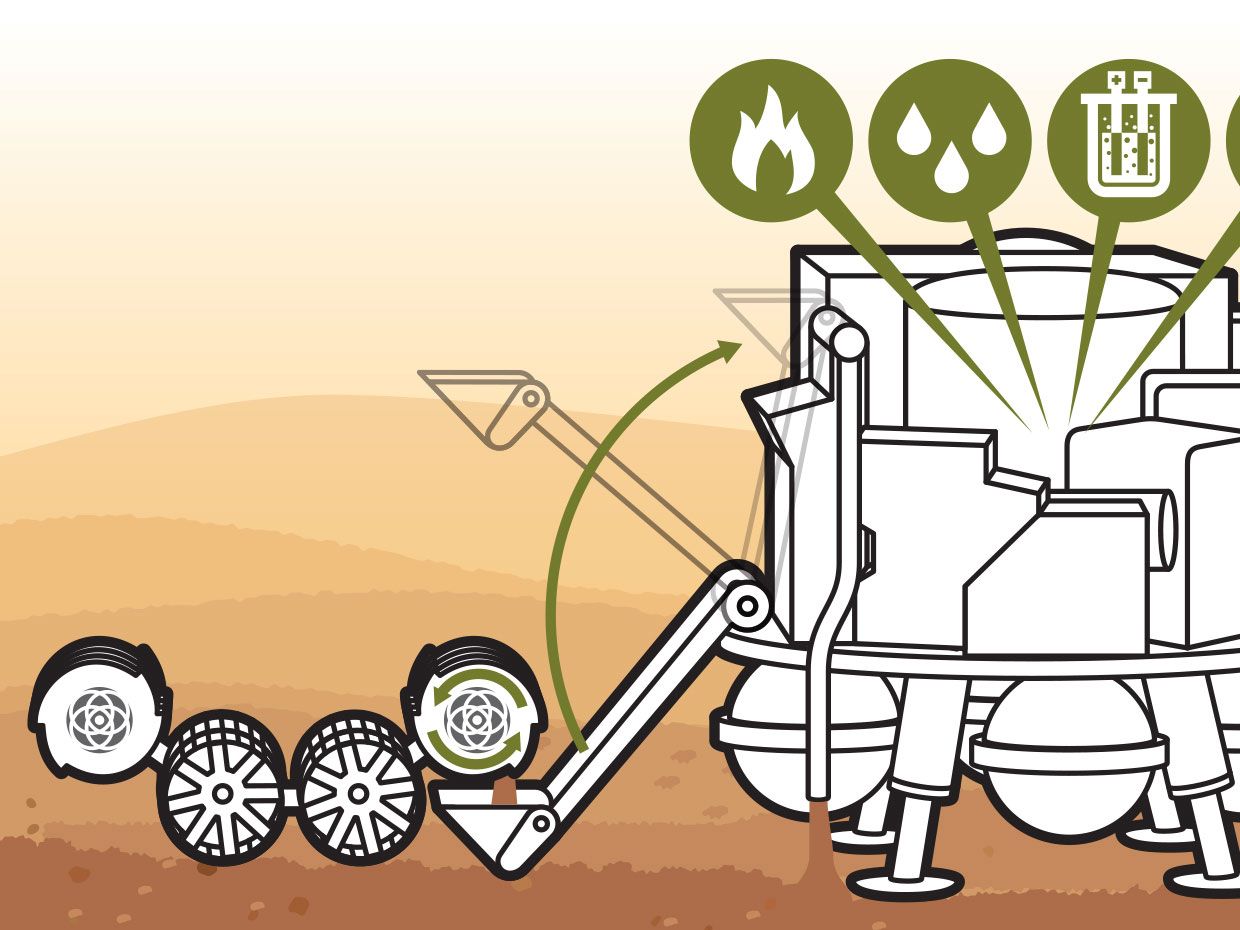 2/5
2/5
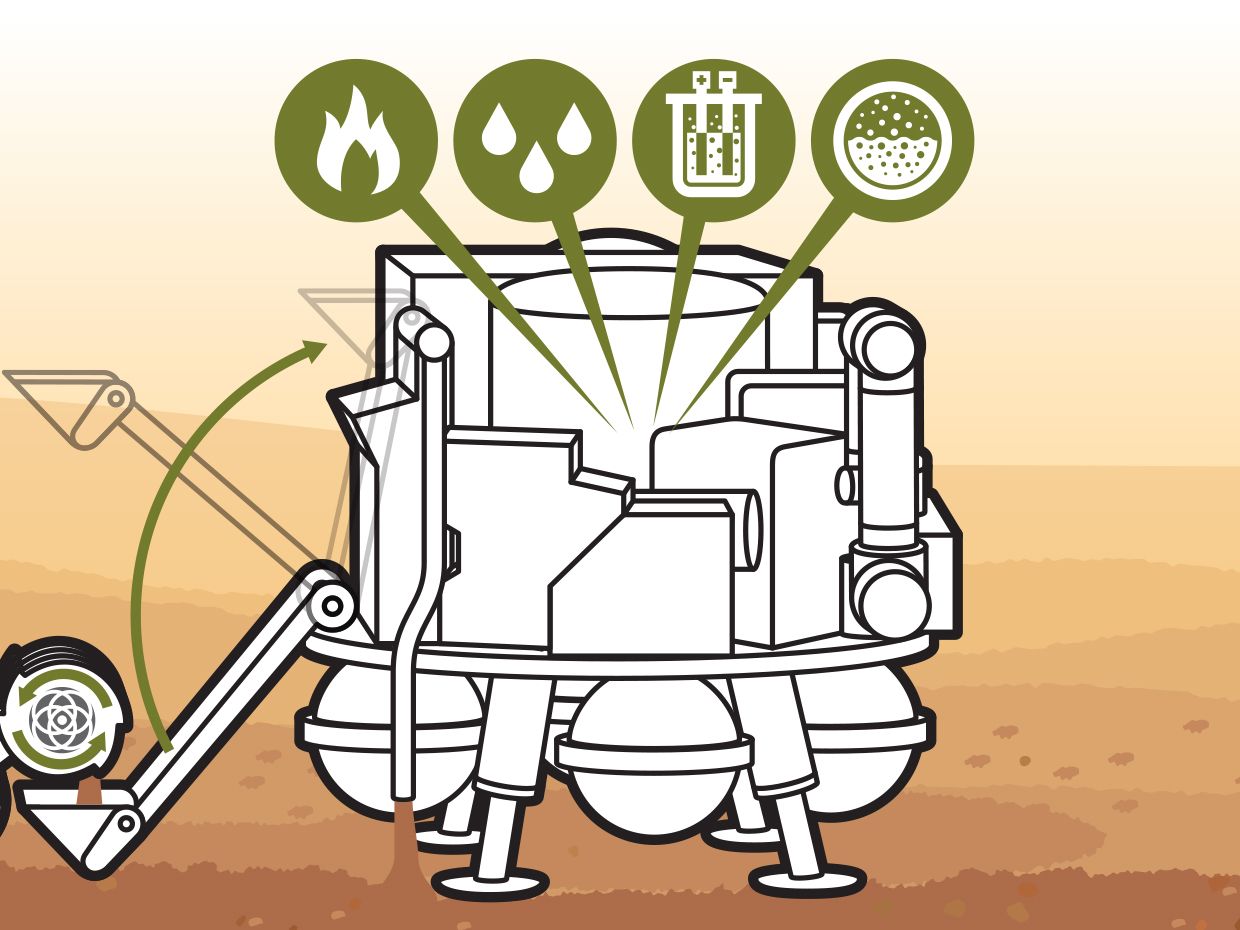 3/5
3/5
 4/5
4/5
 5/5
5/5
















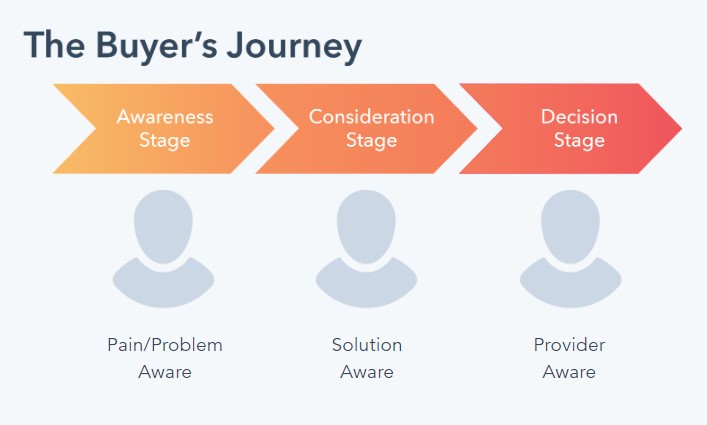













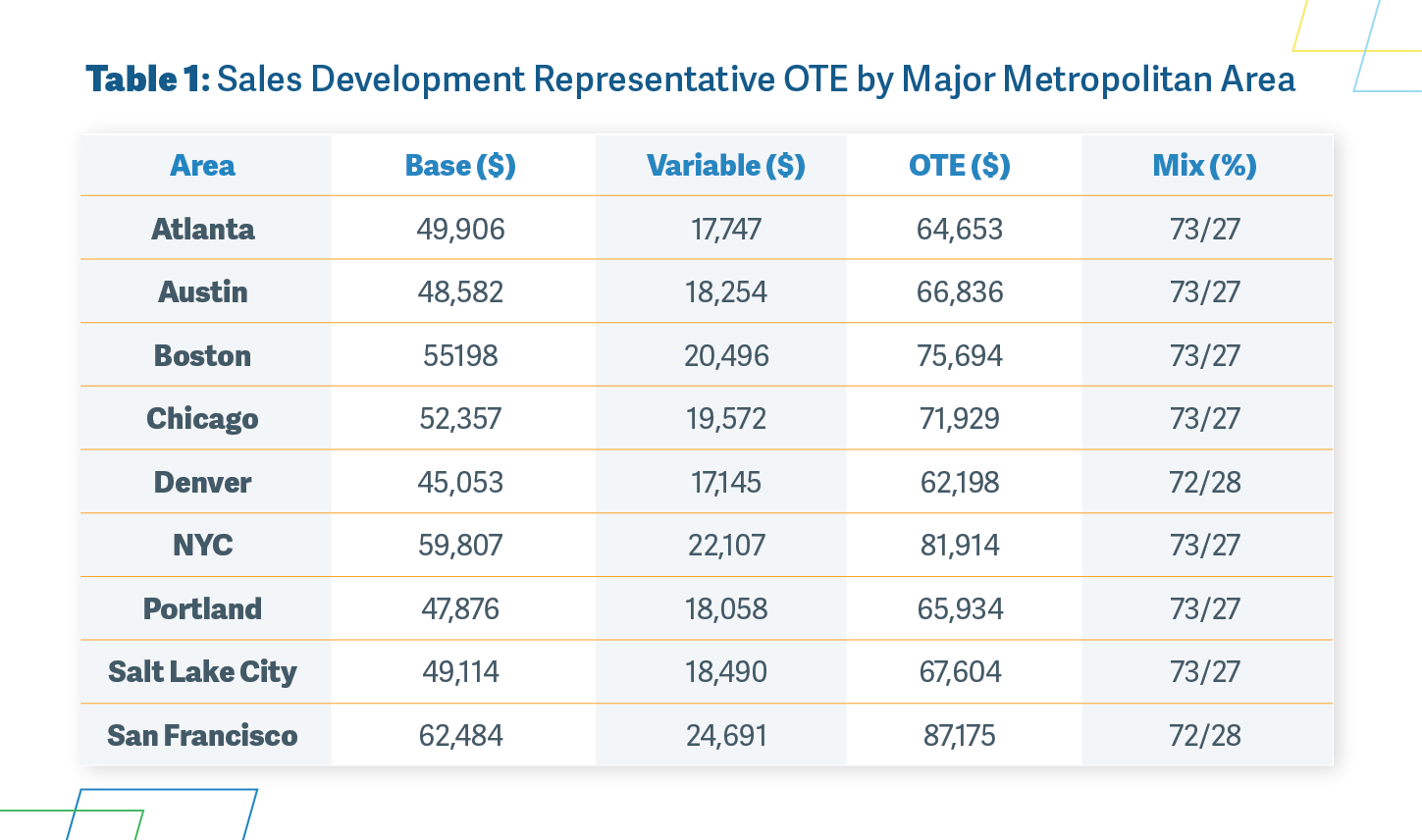 (source: GlassDoor; October 21, 2018)
(source: GlassDoor; October 21, 2018)
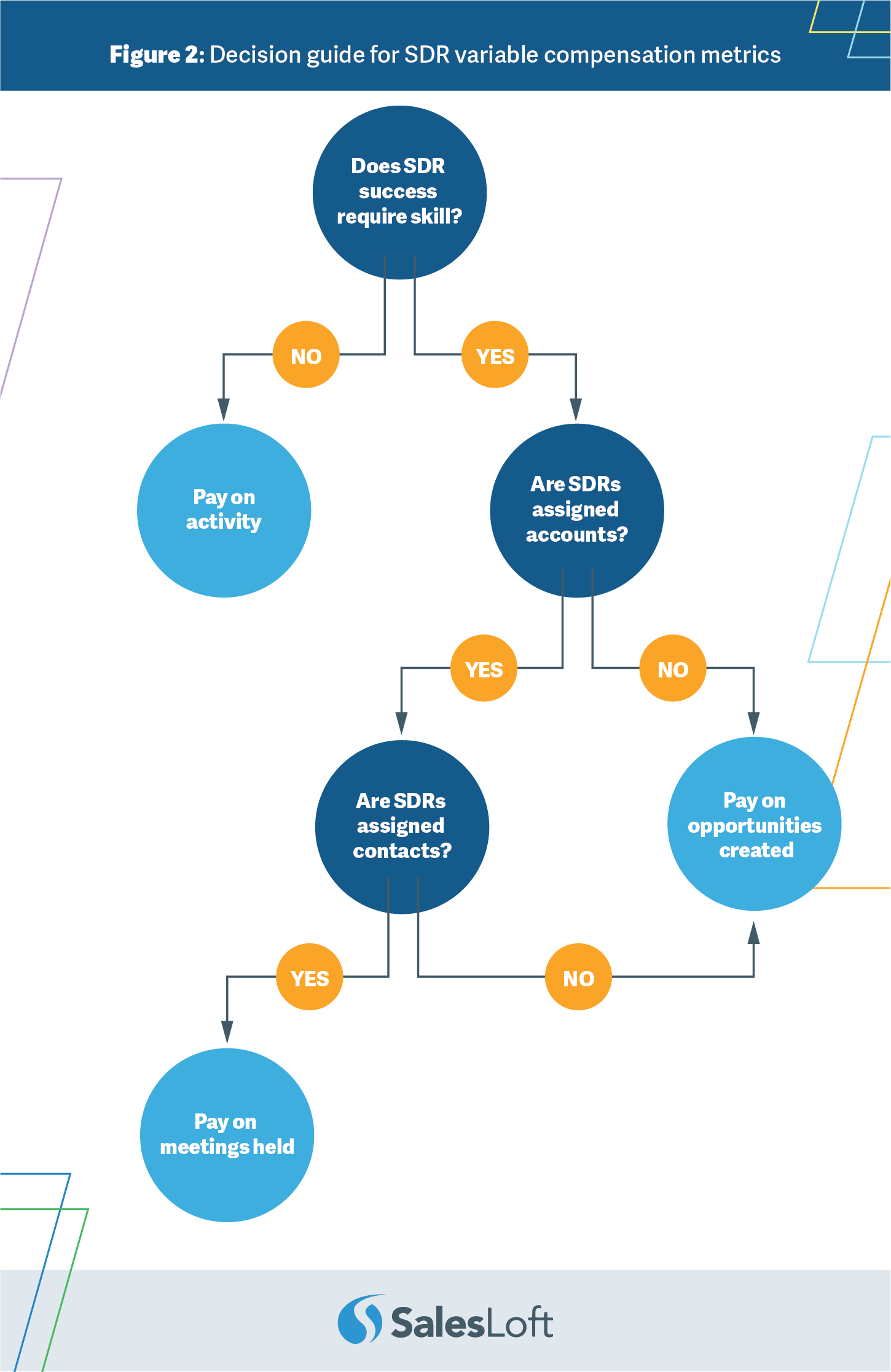
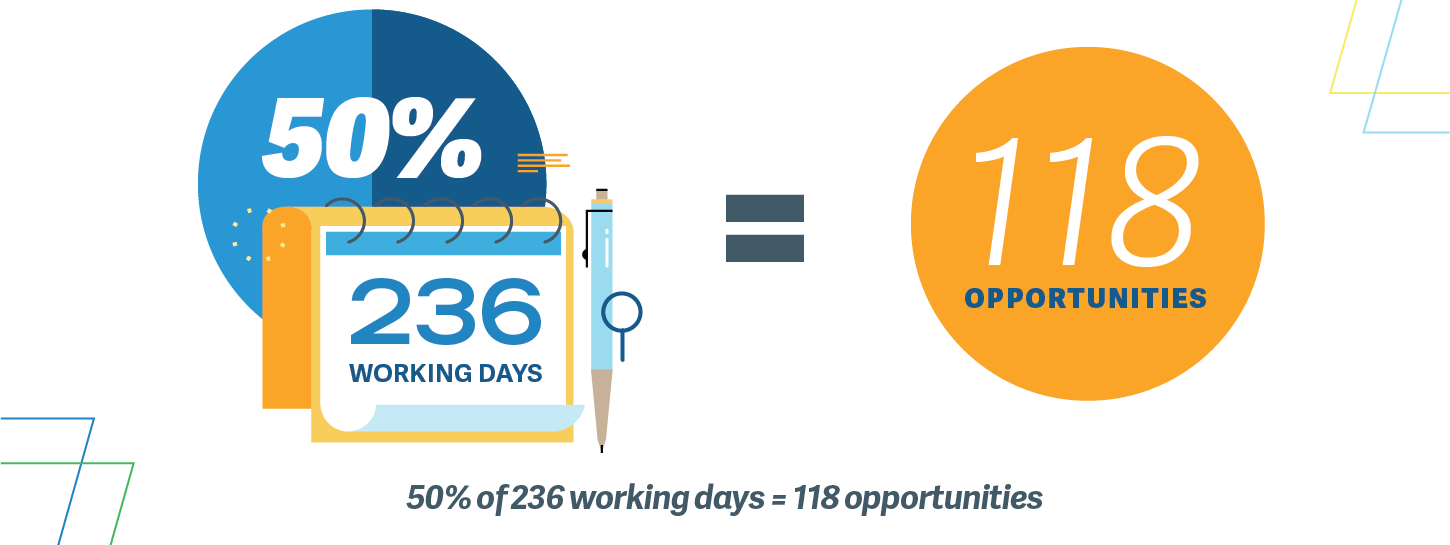




 It’s a
It’s a 





















